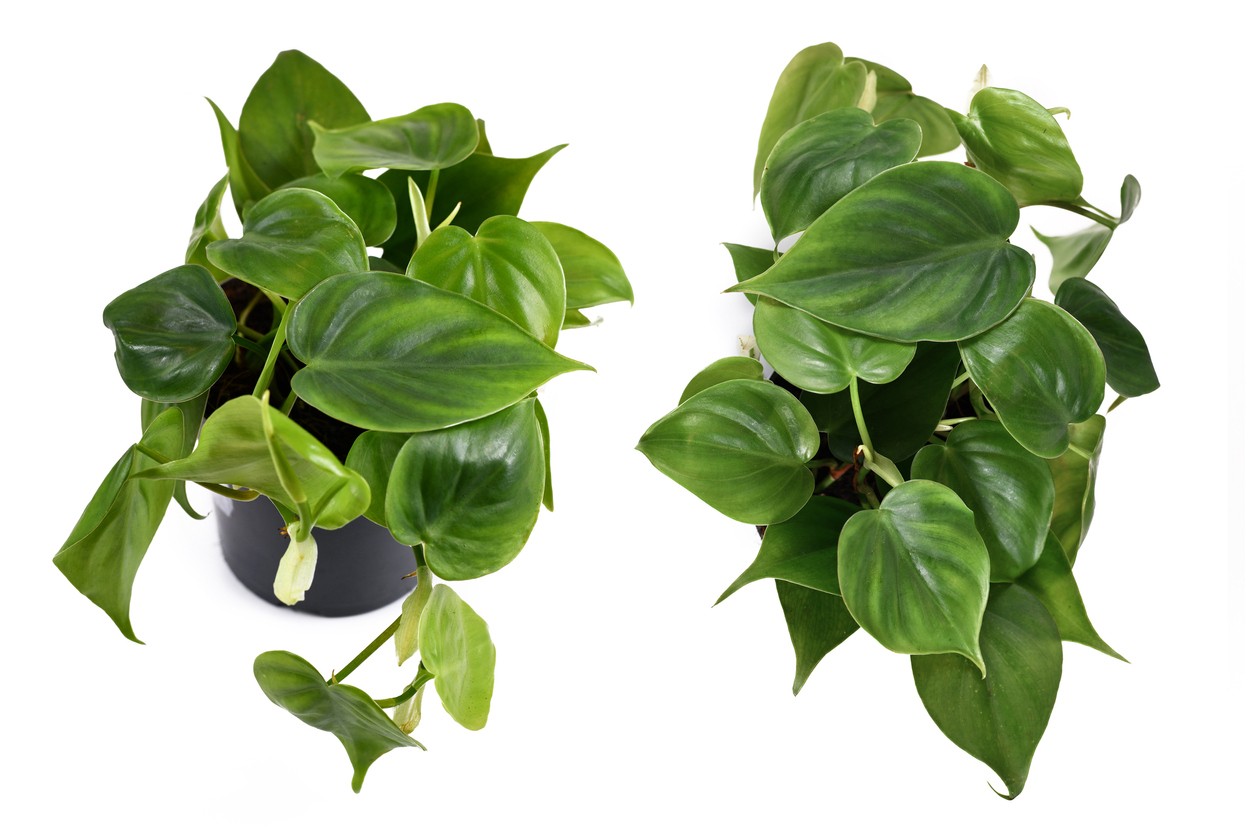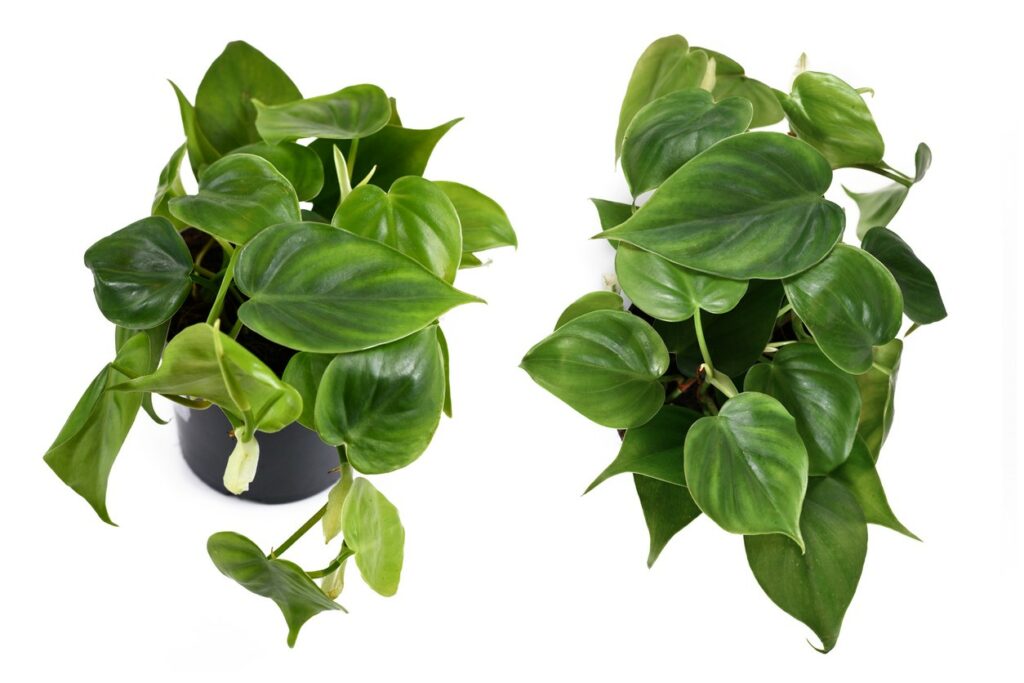Philodendron Care – How To Grow And Care For A Congo Rojo Philodendron
Fewer plants make their presence known as the Congo Rojo philodendron. It wasn’t for nothing that it is often called the Philodendron Imperial Red. The grandstanding philodendron likes to be the center of attention in any setting. Put it on a table and it immediately becomes the centerpiece. Keep it near a window, and that’s where you’ll be looking most of the time.
This ability to get your attention is one of the reasons behind its popularity and success as a houseplant. If you’re wondering how to grow it or how much care would it need, wonder no more. This article covers everything you need to know about the famous Congo Rojo philodendron.
What is the Congo Rojo Philodendron?
When it comes to hybrids, all bets are off. The horticulturalists’ imagination is the limit to how much variety you can get out of a species. So when news came out that a new philodendron hybrid in the making, every gardener this side of the Atlantic became giddy.
For one thing, the new hybrid, the Congo Rojo philodendron, has large leaves that give you the impression you’re in a tropical jungle. The oval, wide, and smooth-edged leaves are a feature of many species of the philodendron. But with the new hybrid comes a new feature. Instead of the usual vine, you get with the emerald, moonlight, and green philodendrons, the rojo, or red, can grow straight up. This saves you plenty of space and makes it suitable to grow it in small corners.
To be fair, the meaty leaves are a spectacle in and of themselves. As the plant grows, the leaves start to steal the show. Starting as burgundy, the leaves evolve into a dark green shade with a glossy finish that dazzles in any kind of lighting. The reddish blush is a bonus that gave this hybrid its name. At maturity, the plant reaches 3 feet in height and the same in width.
Philodendron Varieties
As with most hybrids, you can expect a lot of varieties to suit every taste and setting. Since this is a houseplant, then it needs to have certain qualities to make it appeal to the general public. Attractive colors and ease of maintenance are at the top of the list. For that, the following two varieties of the Congo Rojo philodendron stand out.
- Philodendron selloum: also known as the Lacy Tree philodendron, is a gorgeous variety that can withstand cold temperatures. As evergreens, they grow best in the shade of large trees. While smaller hybrids are becoming more popular, this variety still has its fanbase who wouldn’t trade it for any hybrid.
- Philodendron ‘Hope’: Unlike the Lacy Tree, Hope is a much more compact variety that fits within a small space or a tiny corner in the room. At full growth, it can reach about 3 feet high and the same in width. The leaves are often serrated and the foliage is often greenish with yellow hues.
- Philodendron ‘Xanadu’: A variety similar to Hope in its size and serrated foliage although the leaves have different and more distinguishing patterns. As the leaves mature, the veins acquire a reddish hue that also taints the long stems of the leaves. This variety is good both for indoor and outdoor planting. It can handle both the cold and partial shade much better than other varieties. The mature plant is about 3 feet high and 4.5 feet wide.
How to Grow Congo Rojo Philodendron
Whether you’re growing a pure species or a hybrid philodendron, the process is not different from growing other evergreens. As long as you get the soil mix right and give it an adequate amount of light and water, you should have your plant roaring in no time.
Soil
The soil should be the first thing you focus on. For best results, you should use a cactus or succulent potting mix, peat, and potting soil in equal portions. This peaty soil is well-drained, has enough aeration, and allows the robust root system of the Congo Rojo philodendron to grow and feed. If you’re growing it as a houseplant, you can start with a 6-inch pot. Add in some organic compost and water it. The best time to plant is in the spring or early summer. Some gardeners prefer to plant it in the fall but that only works if you live in a warm climate.
Light
Full light is essential for the success of the Congo Rojo philodendron. It needs plenty of natural light so you should place it near a window facing south or west. However, the hybrid doesn’t like direct exposure to the sun. So cut the glare with a curtain to protect the leaves against the glare. If you leave the plant in the sun, it might develop sunburns on the leaves. On the other hand, if there’s not enough light in the room, your plant will be stunted with smallish leaves. Always keep the room well-lit. If you don’t get enough sunlight, you could use sunlight lamps to provide the necessary quality of light.
Water
If getting the exact soil mixture right and making sure the Congo Rojo philodendron gets enough natural light sounds like a lot of work, wait until you hear about its watering needs. Here again, you need to strike a fine balance between wet and dry. For one thing, wet soil leads to root rot and fungal infections. Dry pots make the leaves droop and fall. So how do you solve this riddle?
Experts recommend that you wait for about three-quarters of the soil to go dry before you water the pot. Admittedly this is harder to measure. So in the summer, you should water it about once every week. In cold weather, you can cut that down to about once every two weeks. Remember to sprinkle the foliage every now and then. It keeps the humidity high and makes the fleshy leaves look glossy.
Congo Rojo Philodendron Care
If you have noticed, we didn’t start this article by saying this was an easy plant to grow or care for. That’s because it isn’t. But don’t let that discourage you. No matter how little gardening experience you have, you can still grow it successfully and enjoy its luster in your home.
Temperature
As far as temperature is concerned, the Congo Rojo philodendron doesn’t require special treatment. Room temperature that is comfortable for humans and pets is good enough for this hardy hybrid. That said, if you prefer it to be cool, then you should move the plant to a warm room. This is especially true in the growing season. While new leaves are growing, this philodendron likes warm temperatures. In the winter months, cold temperatures won’t affect it much as long as they’re not exposed to drafts either from air conditioners or heaters.
Humidity
Even though this is an evergreen hybrid that prefers to grow in dryish soil over a constantly wet one, the needs of the Congo Rojo philodendron for high levels of humidity are well known and essential for its growth. Keep in mind that your air conditioner sucks the humidity out of the air and this leads to brown leaf tips. Sprinkle the foliage of the philodendron every other watering. If your climate is particularly dry, you can do the sprinkling more often. In extreme cases, you can fill a tray with water and place the pot in it.
Fertilizer
Although the original potting mix you plant your Congo Rojo philodendron in should provide enough nutrition to the plant until you have to repot it, a few extra doses of fertilizer during the growing season wouldn’t hurt. Rather than using chemical fertilizers, you can use worm compost sparingly for good results. I recommend you use a quarter-inch layer in the early spring and again in the summer. In the fall and winter, fertilizing is not necessary.
Propagation
If you have a fully growing Congo Rojo philodendron and you’re already happy with it, why not grow a new plant that has the same qualities? The best method to propagate it is through cutting. Select a healthy stem and cut it at the base with clean pruning scissors. Place the stem in a glass of water making sure no leaves touch the water. Keep the cutting in a bright room without being exposed to direct sunlight.
After a few weeks, you’ll notice tiny roots growing out of the stem in the water. Wait for the roots to grow to about 2 inches long before you transfer the stem to a pot filled with soil. Water the pot regularly for the next 3 to 4 weeks. Make sure excess water flows out of the drainage holes.
Pests and Diseases
For all that hard work, you’d expect your Congo Rojo philodendron to be disease resistant. And in that respect, you won’t be disappointed. Apart from the regular houseplant pests such as aphids, mealybugs, and spider mites, you won’t have much trouble. These common bugs are easy to get rid of. All you need is a pair of gloves and a bucket of water with some detergent mixed in. Pick them one by one and drop them in the bucket.
One last thing you need to know about the Congo Rojo philodendron. The plants are considered toxic for pets and small children. So you need to keep the pot out of reach of any small animals you have in the house. If a child or an animal ingests part of the philodendron, make sure to seek medical help immediately.

